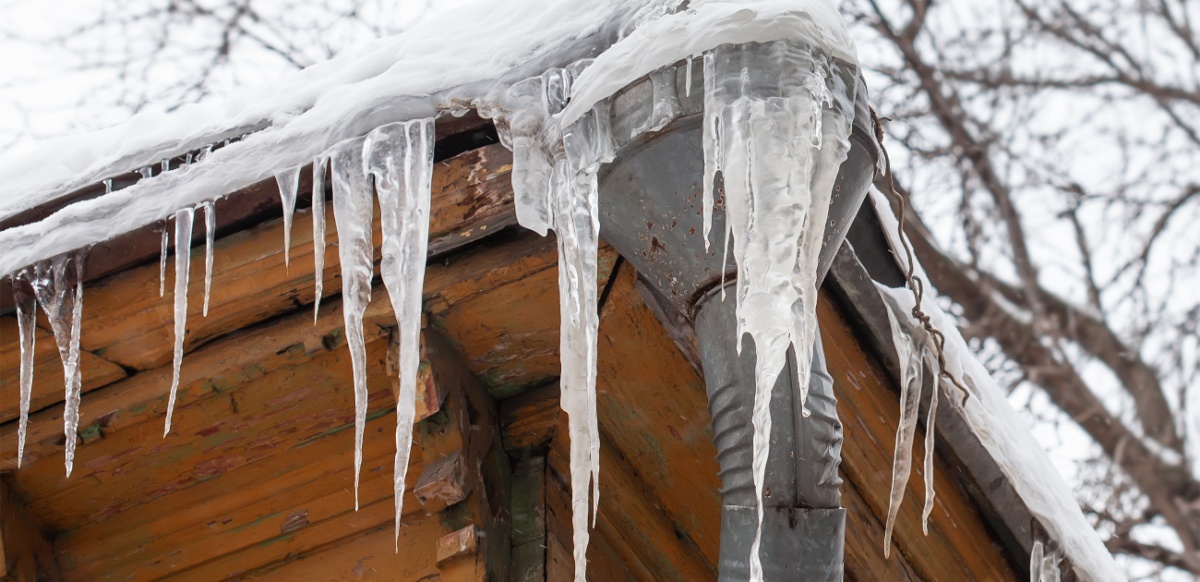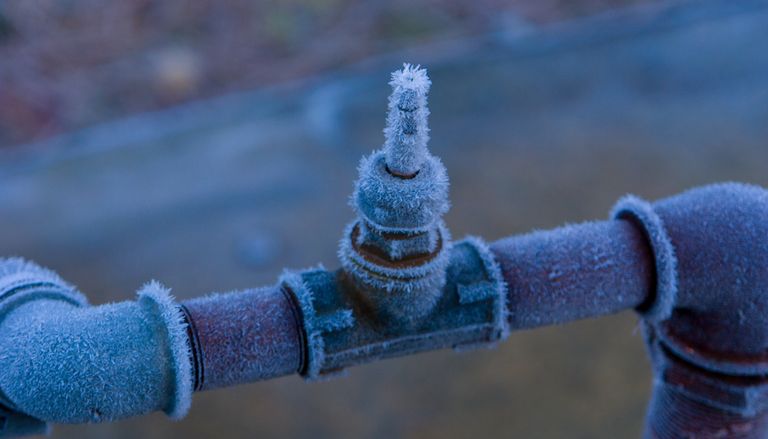Essential Advice to Prevent Frozen Plumbing in Cold Weather
Essential Advice to Prevent Frozen Plumbing in Cold Weather
Blog Article
Were you interested in answers around Winter Plumbing Precautions: Preventing Frozen Pipes?

Winter can damage your plumbing, especially by freezing pipelines. Below's just how to stop it from occurring and what to do if it does.
Introduction
As temperatures drop, the threat of icy pipelines increases, possibly bring about expensive repairs and water damages. Understanding exactly how to stop frozen pipes is critical for property owners in cool environments.
Prevention Tips
Protecting vulnerable pipes
Cover pipelines in insulation sleeves or make use of heat tape to safeguard them from freezing temperature levels. Concentrate on pipes in unheated or exterior areas of the home.
Heating methods
Maintain indoor spaces sufficiently warmed, particularly locations with plumbing. Open cupboard doors to allow cozy air to flow around pipelines under sinks.
How to determine icy pipelines
Look for decreased water flow from taps, uncommon smells or sounds from pipelines, and noticeable frost on exposed pipes.
Long-Term Solutions
Structural adjustments
Take into consideration rerouting pipelines far from outside walls or unheated areas. Add extra insulation to attic rooms, cellars, and crawl spaces.
Updating insulation
Purchase top notch insulation for pipes, attic rooms, and wall surfaces. Appropriate insulation helps keep constant temperatures and reduces the threat of frozen pipelines.
Protecting Exterior Plumbing
Yard pipes and outdoor taps
Disconnect and drain pipes garden pipes before winter season. Mount frost-proof spigots or cover outside taps with protected caps.
Understanding Icy Pipelines
What creates pipes to freeze?
Pipes freeze when subjected to temperature levels listed below 32 ° F (0 ° C) for expanded periods. As water inside the pipes freezes, it expands, taxing the pipe walls and potentially causing them to break.
Threats and problems
Icy pipelines can bring about water supply disruptions, residential property damage, and costly repairs. Burst pipes can flooding homes and trigger extensive structural damage.
Indications of Frozen Water Lines
Determining frozen pipes early can stop them from rupturing.
What to Do If Your Pipes Freeze
Immediate activities to take
If you presume frozen pipes, maintain faucets open up to soothe pressure as the ice melts. Utilize a hairdryer or towels soaked in warm water to thaw pipes gradually.
Conclusion
Protecting against icy pipes calls for proactive actions and quick actions. By understanding the causes, indicators, and preventive measures, house owners can protect their plumbing during cold weather.
6 Proven Ways to Prevent Frozen Pipes and Protect Your Home
Disconnect and Drain Garden Hoses
Before winter arrives, start by disconnecting your garden hoses and draining any remaining water. Close the shut-off valves that supply outdoor hose bibs and leave the outdoor faucet open to allow any residual water to drain. For extra protection, consider using faucet covers throughout the colder months. It’s also important to drain water from any sprinkler supply lines following the manufacturer’s directions.
Insulate Exposed Pipes
Insulating your pipes is an effective way to prevent freezing. Pipe insulation is readily available at home improvement stores and is relatively inexpensive. Pay close attention to pipes in unheated areas such as the attic, basement, crawl spaces, or garage. Apply foam insulation generously to create a buffer against the cold. You can also wrap your pipes in heat tape or thermostat-controlled heat cables for added warmth.
Seal Air Leaks
Inspect your home for any cracks or openings that could let in cold air. Seal any holes around the piping in interior or exterior walls, as well as the sill plates where your home rests on its foundation. Additionally, make sure to keep your garage door closed unless you’re entering or exiting. Leaving it open creates a significant air leak that can lead to frozen pipes.
Allow Warm Air Circulation
During cold snaps, it’s essential to allow warm air to circulate evenly throughout your home. Leave interior doors ajar to promote better airflow. Open kitchen and bathroom cabinets to help distribute heat consistently around the rooms. If you have small children or pets, be sure to remove any household chemicals or potentially harmful cleaners from open cabinets for safety.
Let Faucets Drip
A small trickle of water can make a big difference in preventing ice formation inside your pipes. When temperatures drop significantly, start a drip of water from all faucets served by exposed pipes. This continuous flow helps prevent the water from freezing. Additionally, running a few faucets slightly can relieve pressure inside the pipes, reducing the chances of a rupture if the water inside does freeze.
https://choateshvac.com/6-proven-ways-to-prevent-frozen-pipes-and-protect-your-home/

We hope you enjoyed our article about How to Prevent Your Pipes From Freezing. Thanks a ton for taking the time to browse our article post. Please pause to promote this post if you liked it. Many thanks for your time spent reading it.
Click Here Report this page